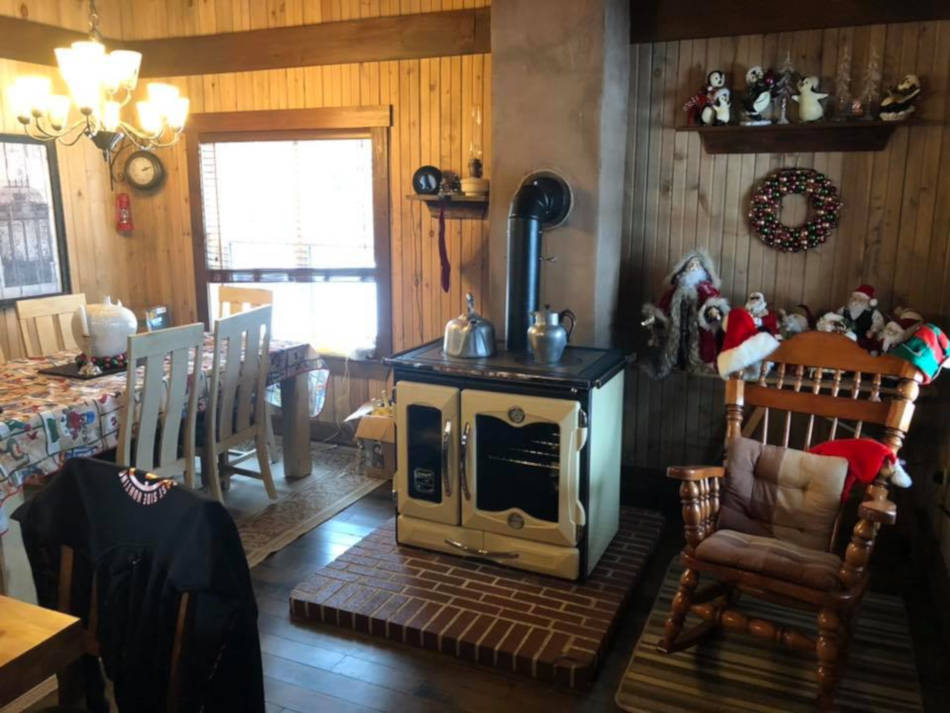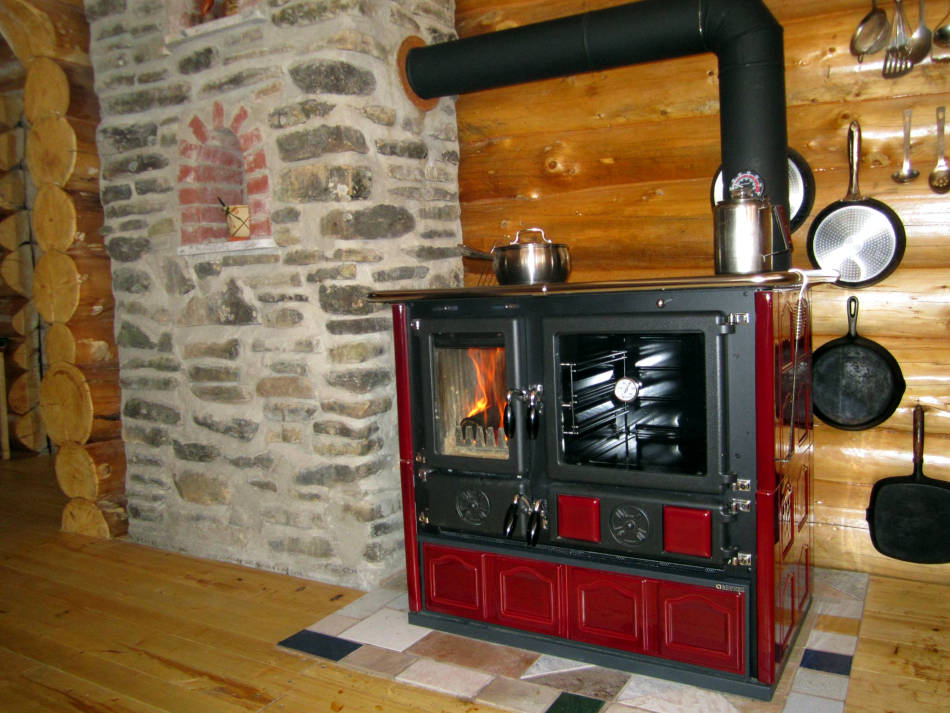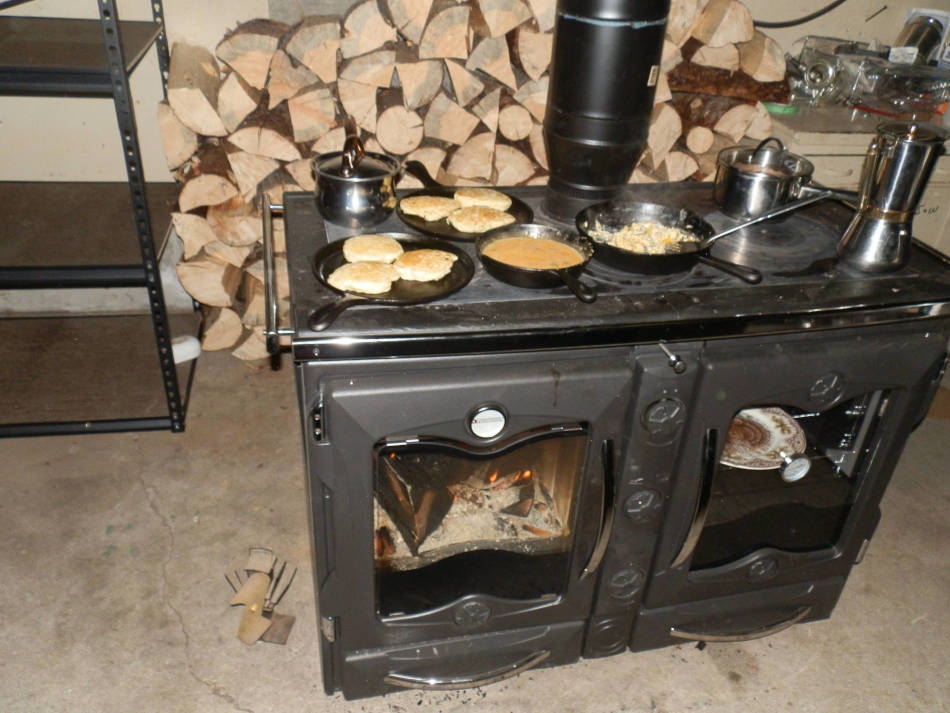Wood stoves are the best and most environmentally friendly heating system you can have in your home. Wood stoves work when the power is down, which can happen in winter snowstorms, and they are nice to sit cozily by. They also heat homes extremely effectively.
How is it that a wood-burning device is actually the more environmentally sound heating option? After all, it does burn trees and release carbon. Let's look at the ways a wood stove is more environmentally friendly than its more modern counterparts.

In environmentalism, local is king. With a wood stove, you can obtain your heating materials locally, instead of from the grid. We all know of the environmental problems with grid energy: Grid energy is only about fifty percent efficient, losing half of its energy as it travels long distances on the wire. Throw in the fact that grid energy is fossil fuel dependant, and you have the least environmental way to heat your home.
If you can gather fuel locally from wood in your area, you won't contribute to the environmental problems of your power grid. You don't even have to topple forests to heat your home. You can collect wood that has already fallen. You can salvage small logs from neighborhood tree-trimmings. Without putting an ax to a tree, you can find enough wood to heat your home through the winter.
Some people hesitate over the environmental implications of removing even fallen wood from the forest, and they do have a fair point. This wood will rot on the forest floor, becoming mulch and nutrients important to the continuation of the ecosystem.

However, you can look at this dilemma another way. Let's consider forest ecology for a moment: When wood rots, it produces methane, a greenhouse gas that is twenty to thirty times more potent than carbon dioxide. When you burn wood, you only carbon dioxide. By burning some of the wood, you actually reduce methane emissions.
It's true that removing wood from natural forests does create problems. In regions of the world where people depend solely on wood for heating and cooking, the forests are rapidly receding.
We should be responsible and not over harvest from forests. Fortunately, we can get plenty of wood from more human-inhabited areas. Neighborhoods, parks, the edges of farms; these are all great places to gather wood from while not overburdening the wild environment.

Wood stoves also double as a stove or oven. That means you get twice the energy for the price of one. With the same amount of fuel, you can heat your home and cook your dinner. That's much more energy efficient than turning on the heat and firing up the oven.
When you work hard for something, you appreciate its value more. It takes a lot of work to collect the wood for your wood stove. That means you won't want to waste it. You also can't keep your wood stove running when you're out of the house.
Rather than using electricity to heat your home a wood stove is surely the most energy efficient and environmentally friendly way to go. This wonderful device can keep you warm and fed through the winter, all from local renewable material.

